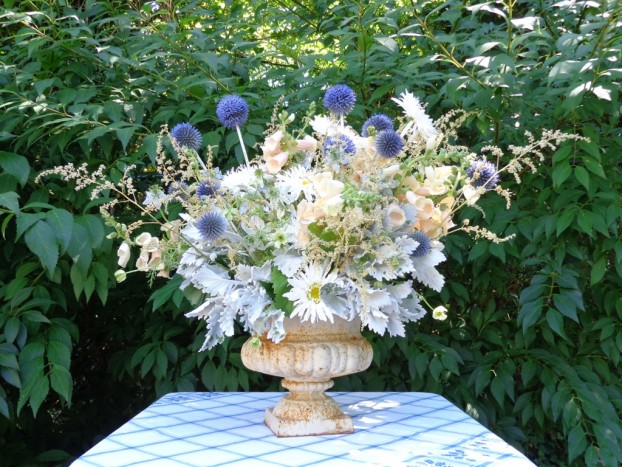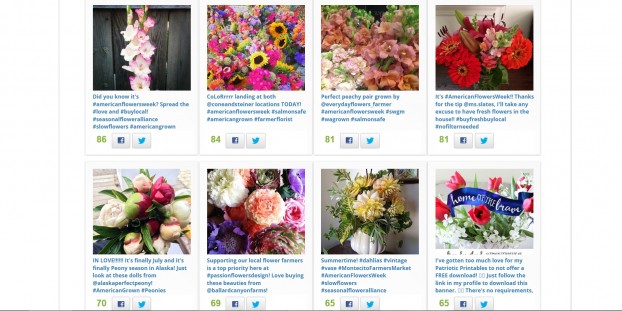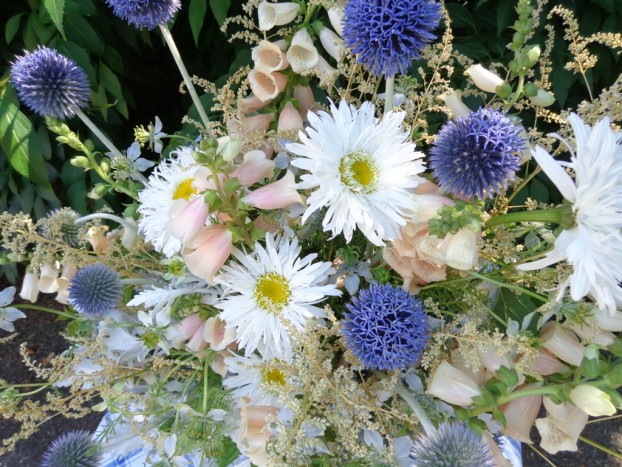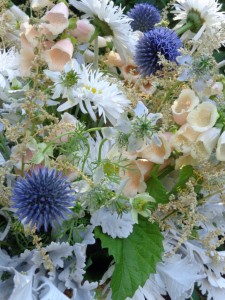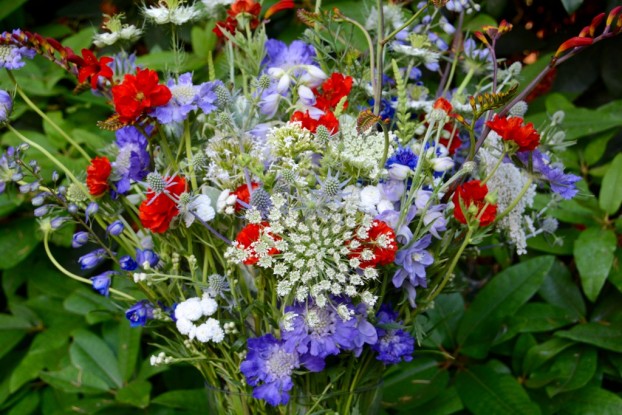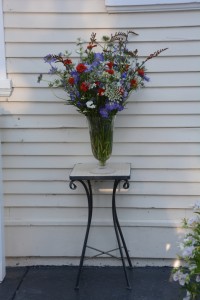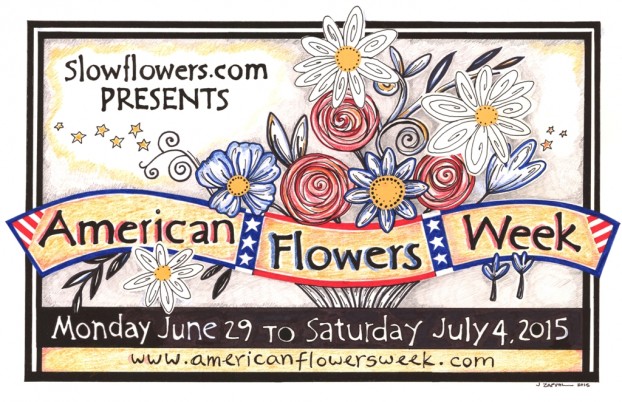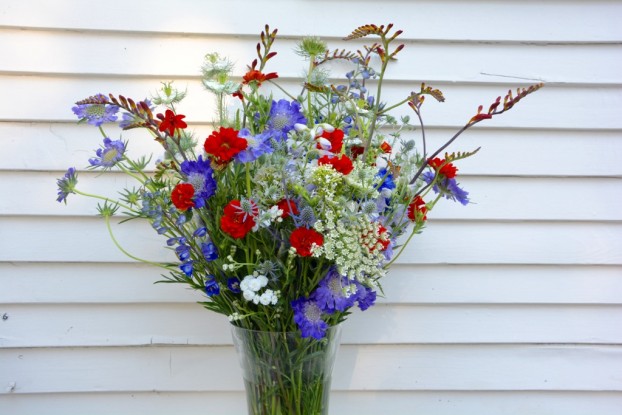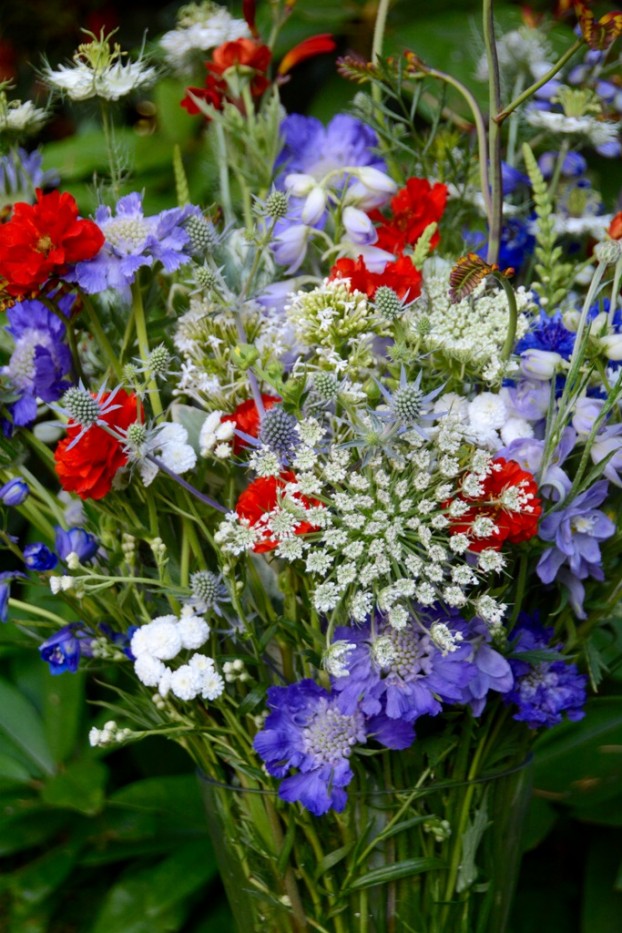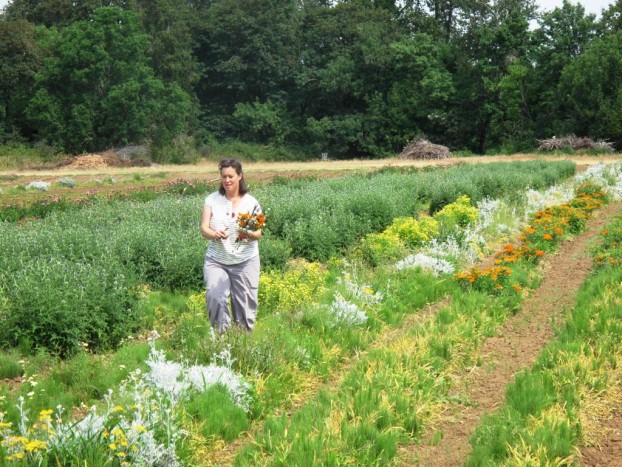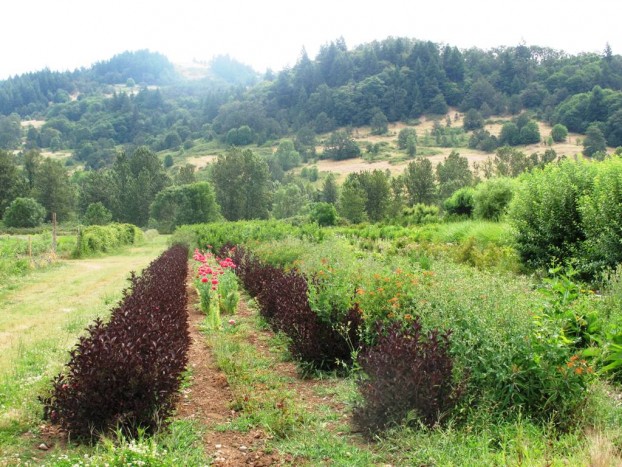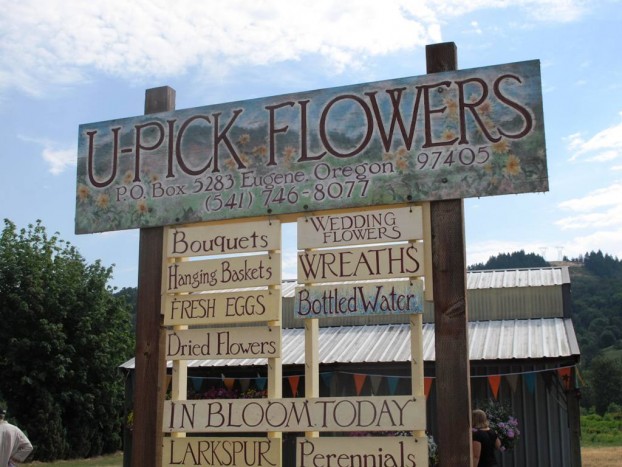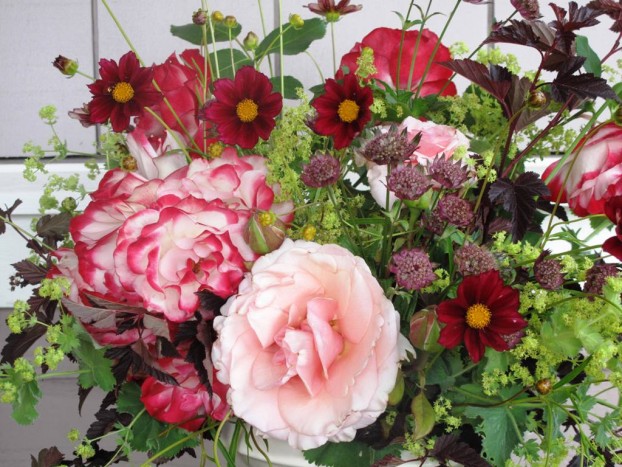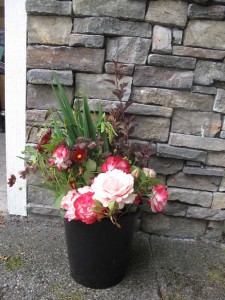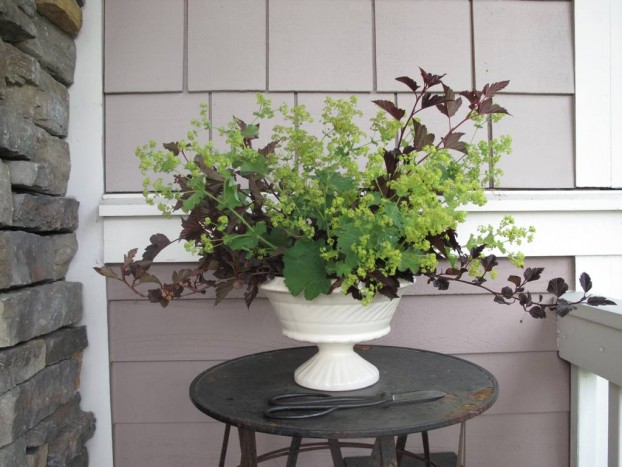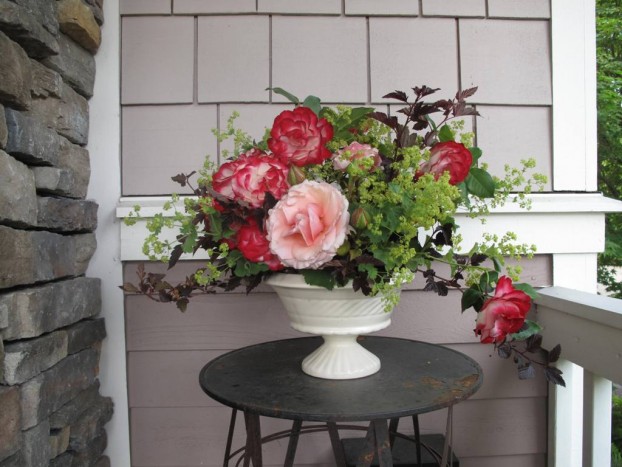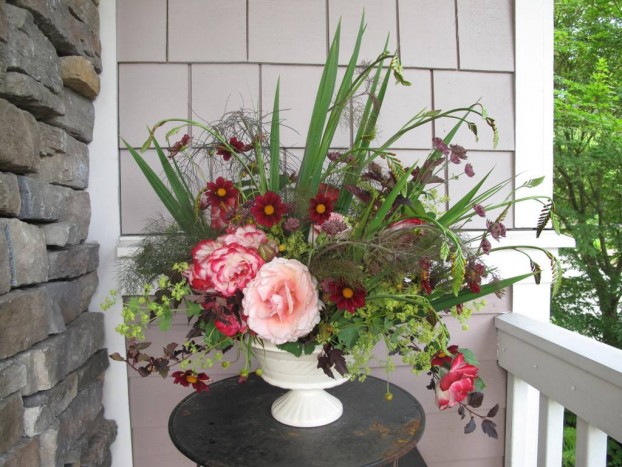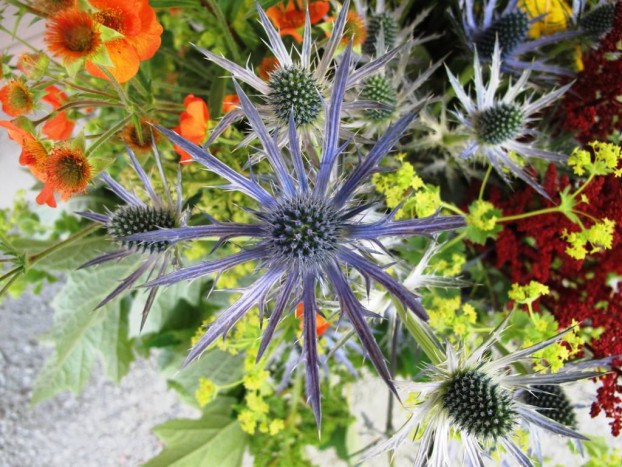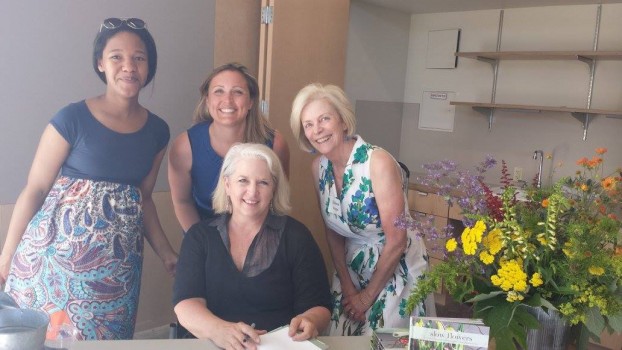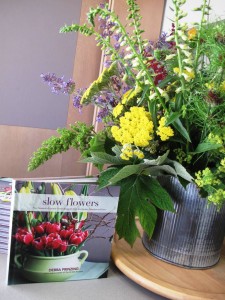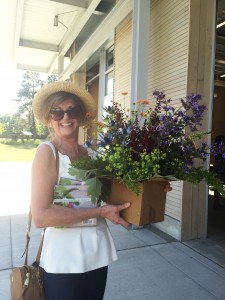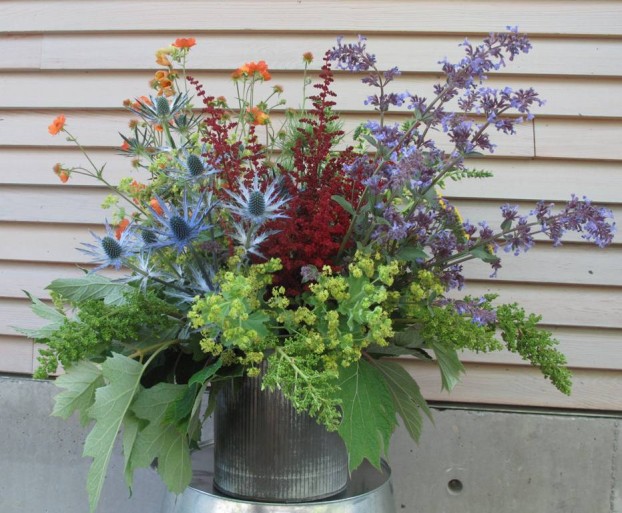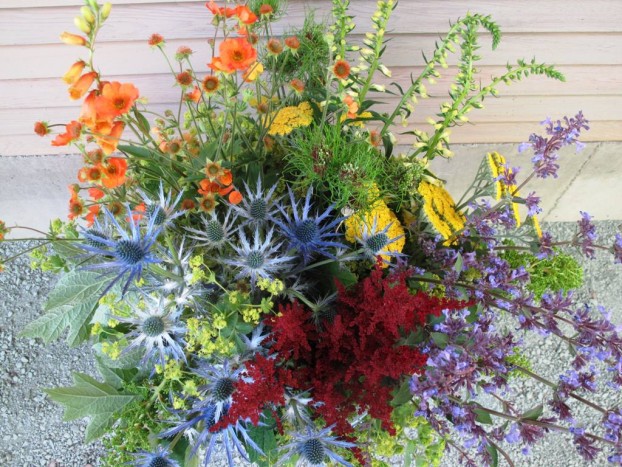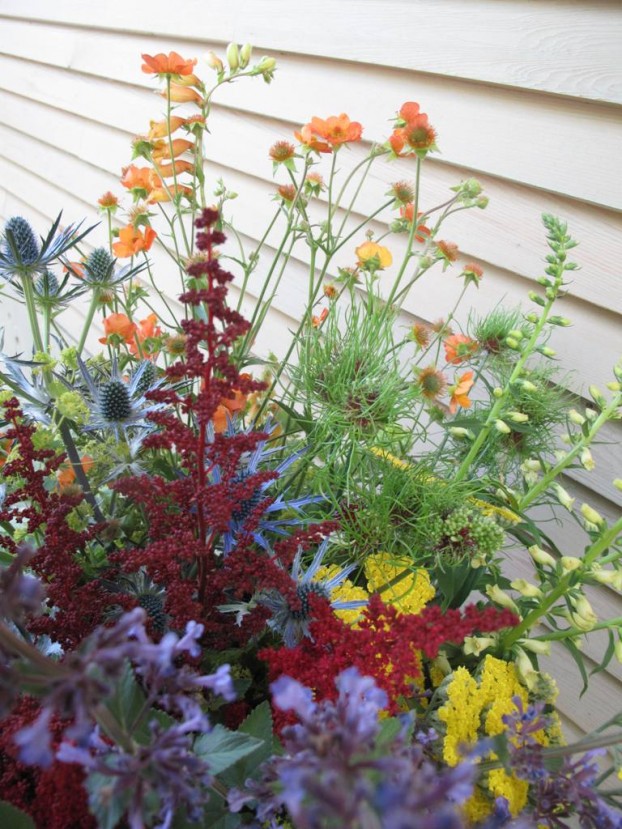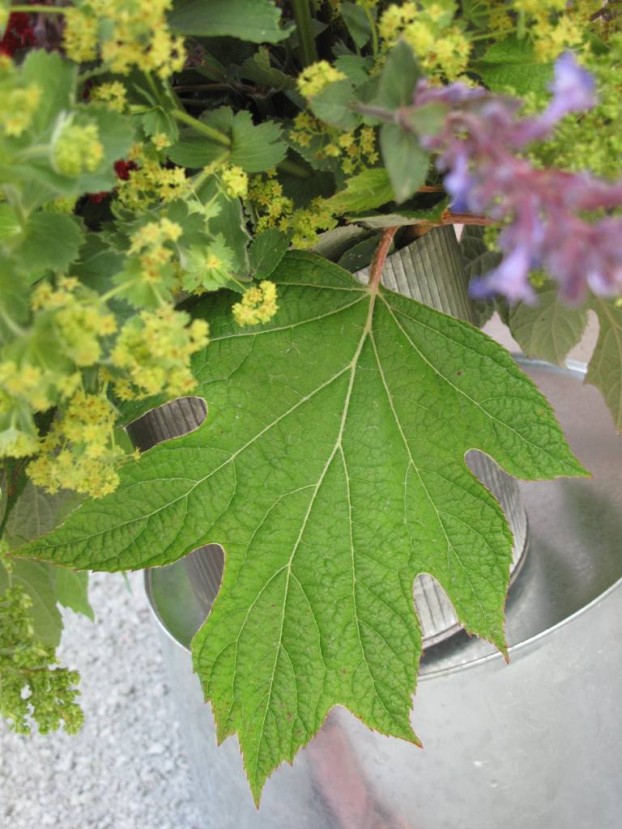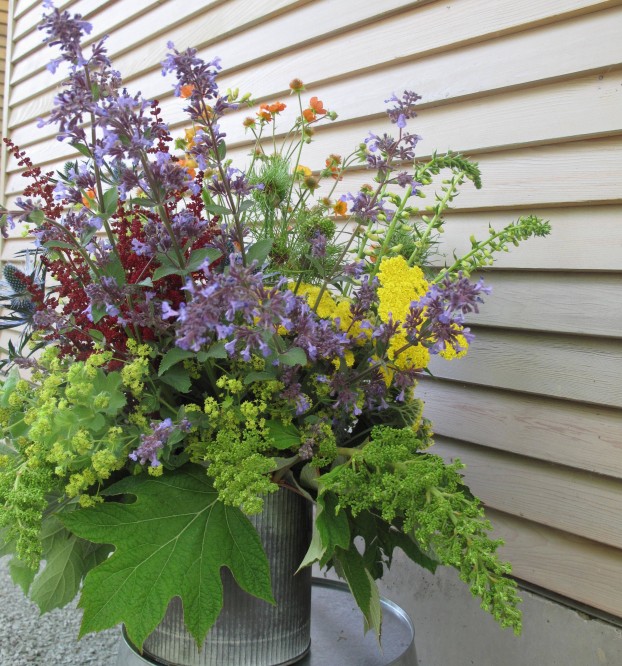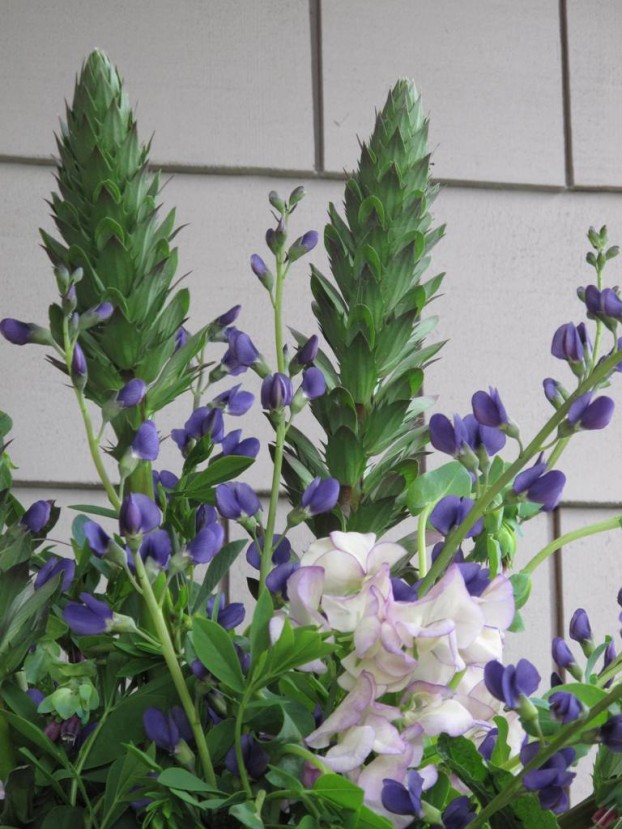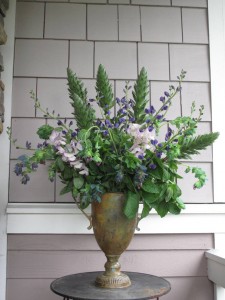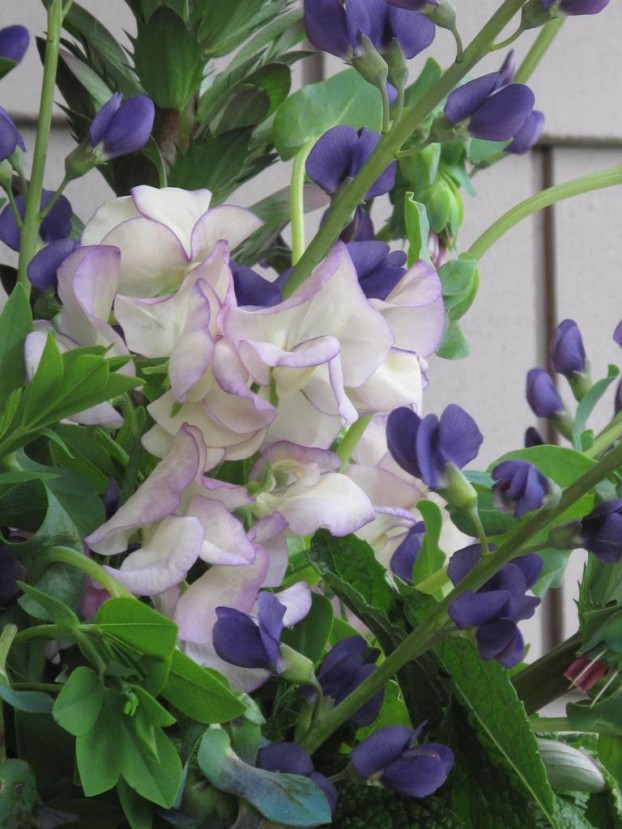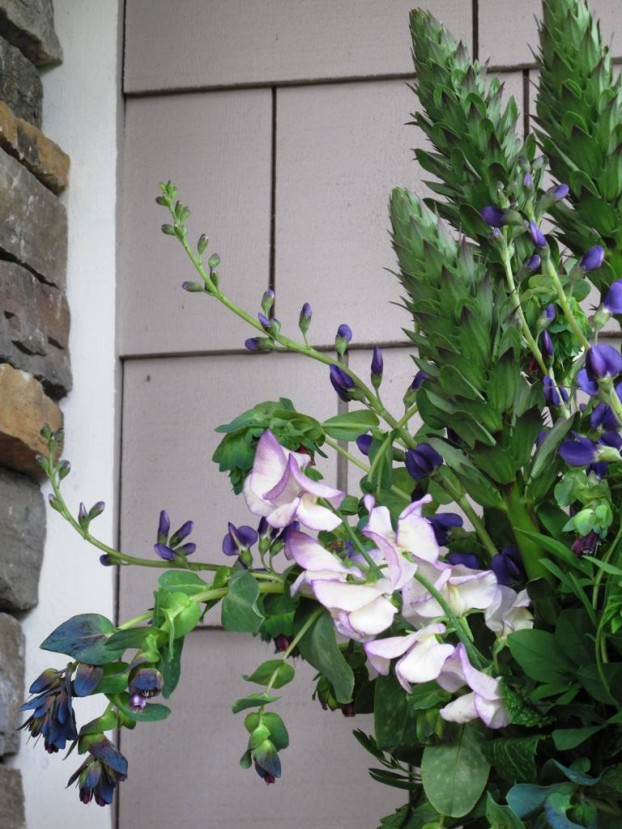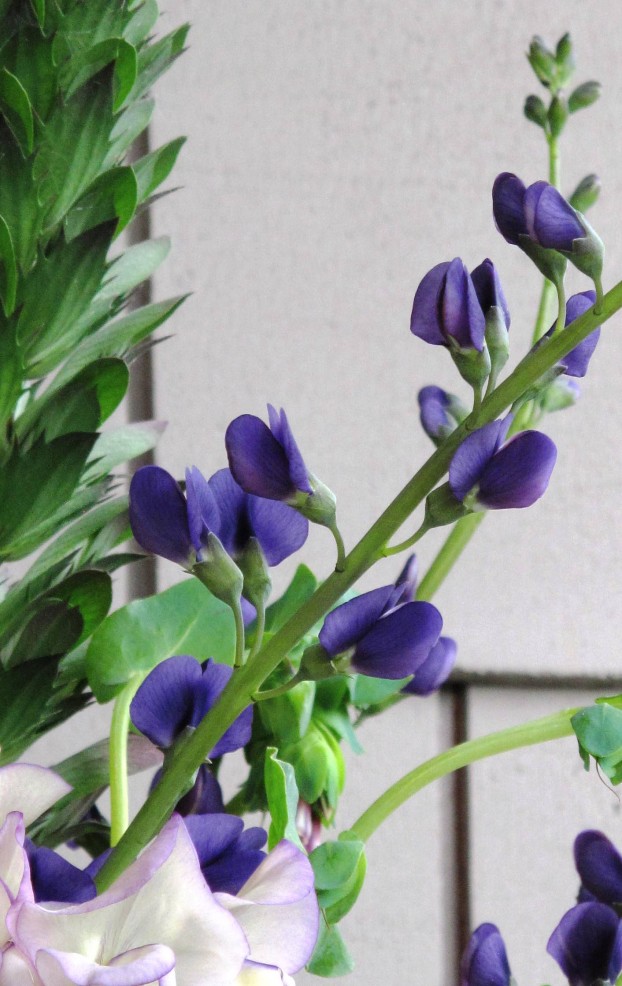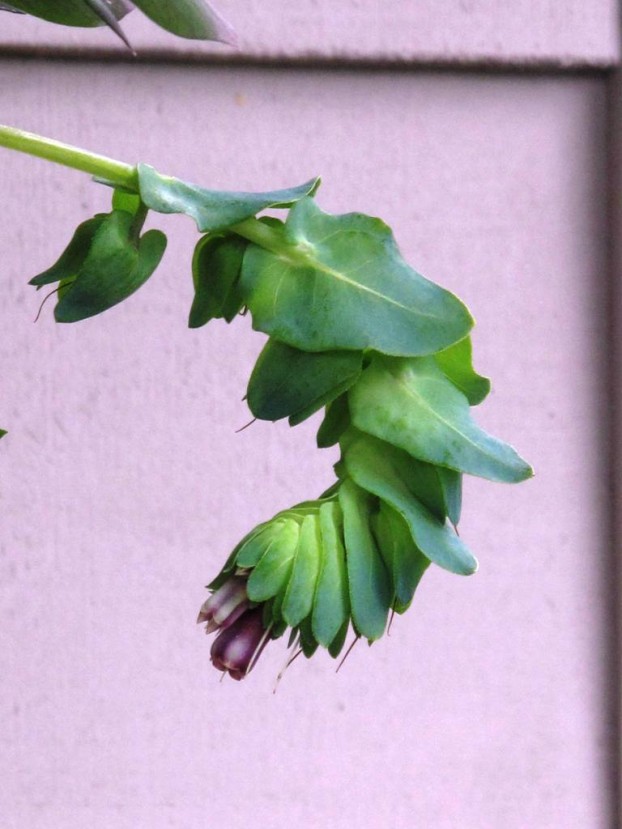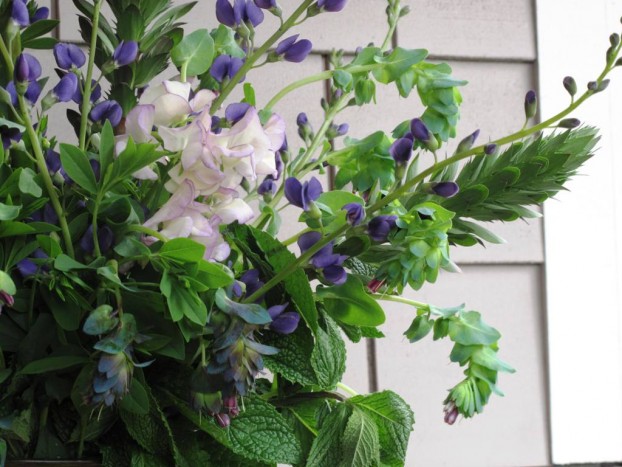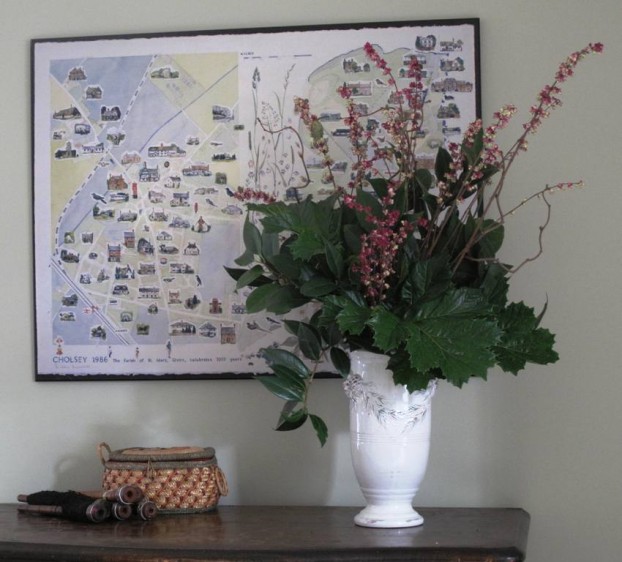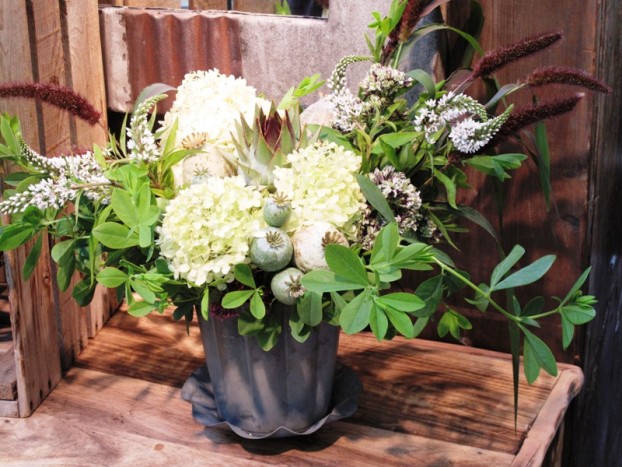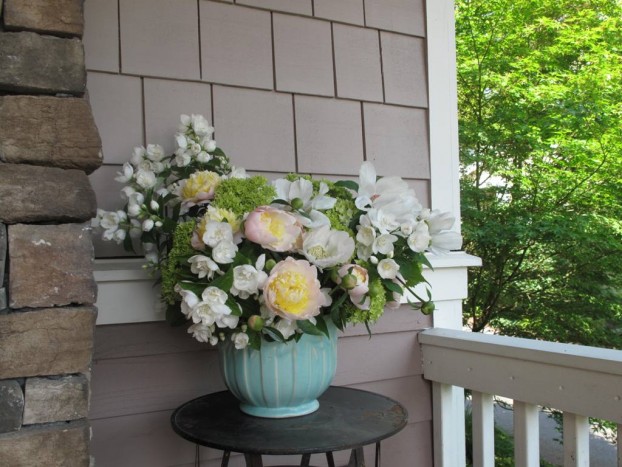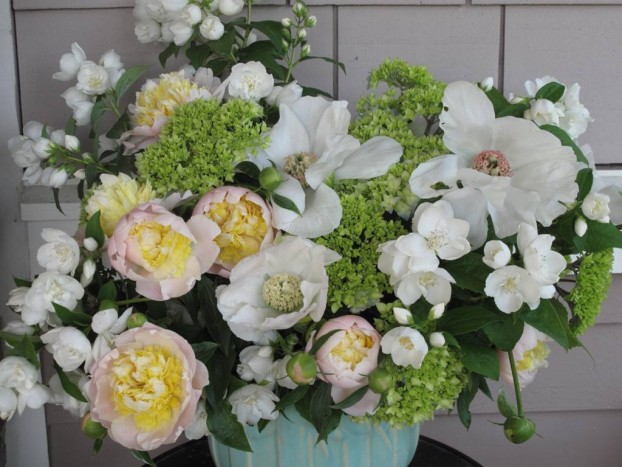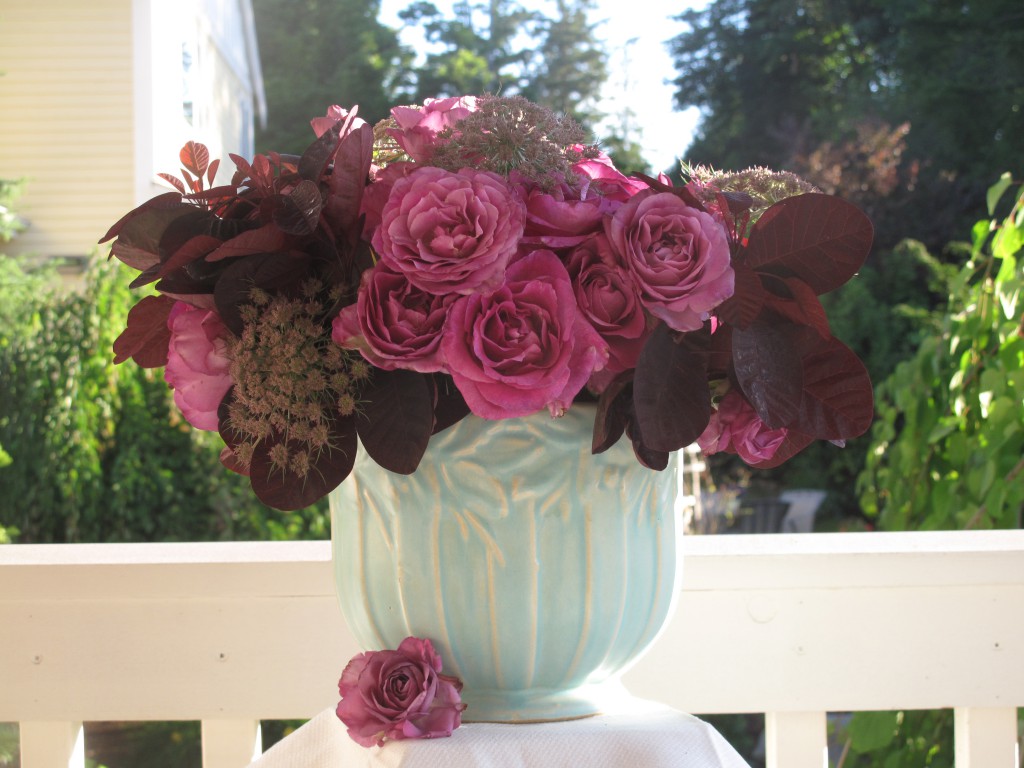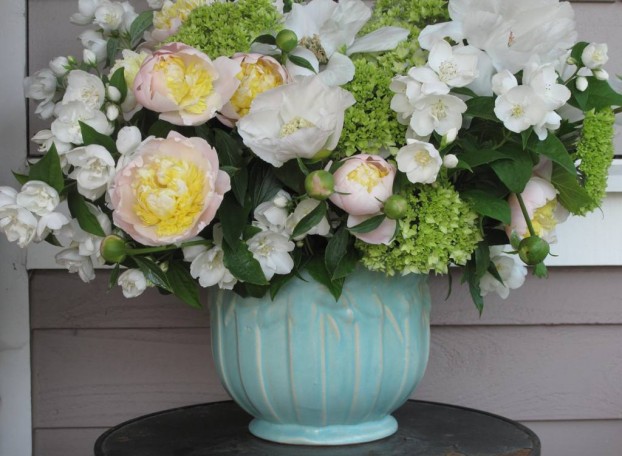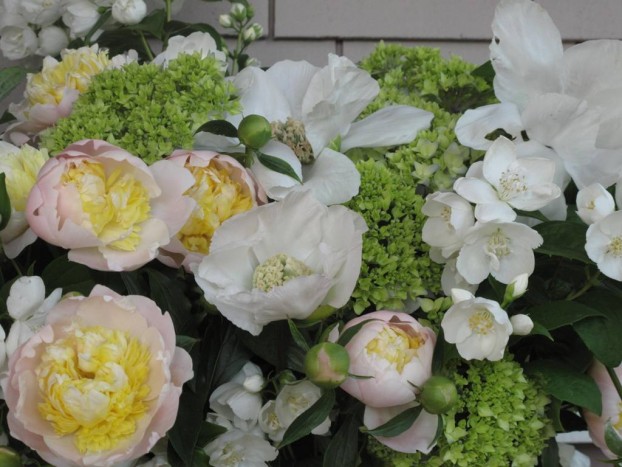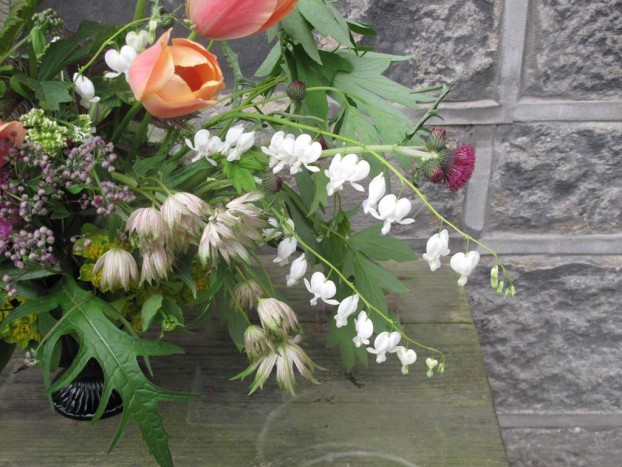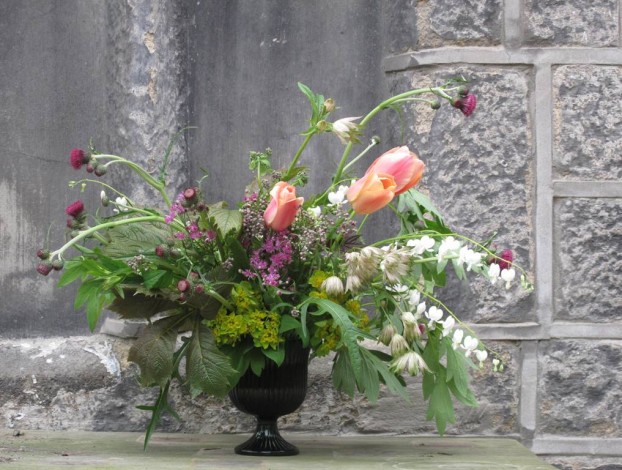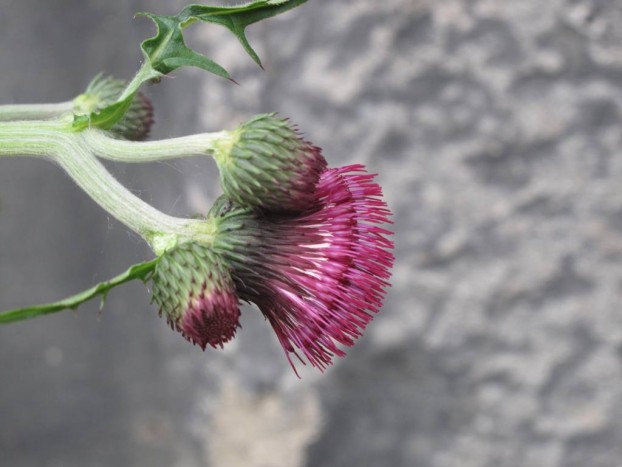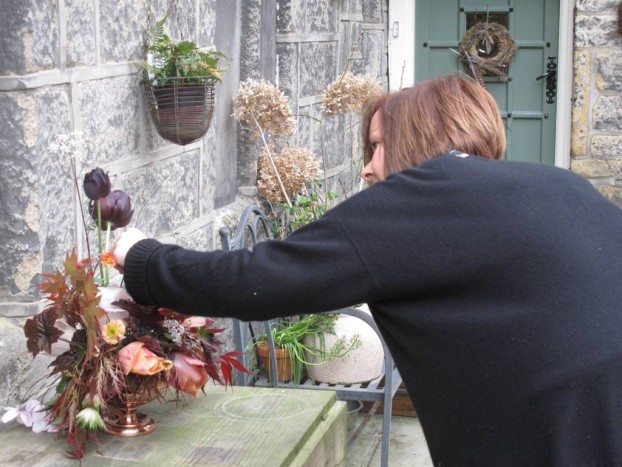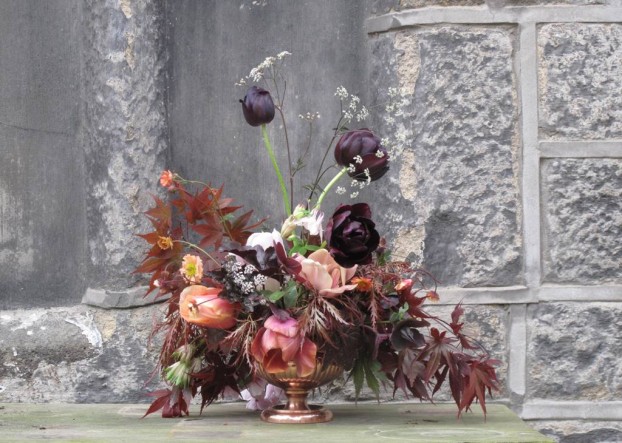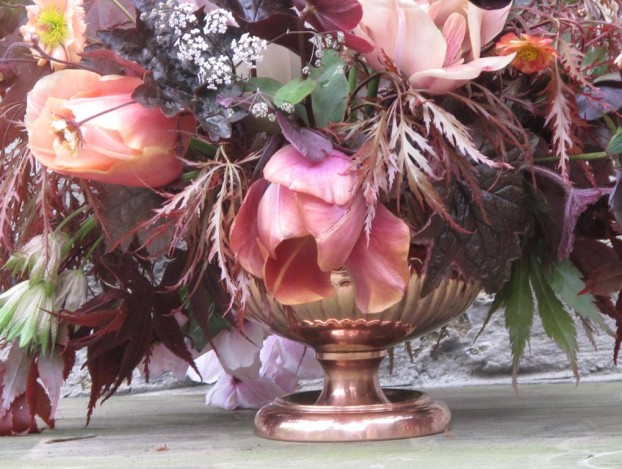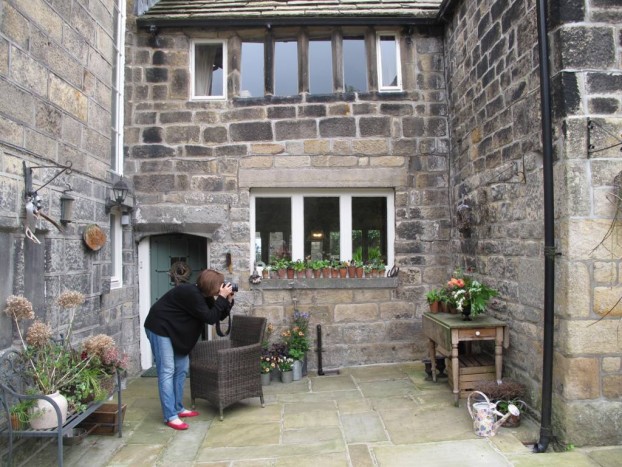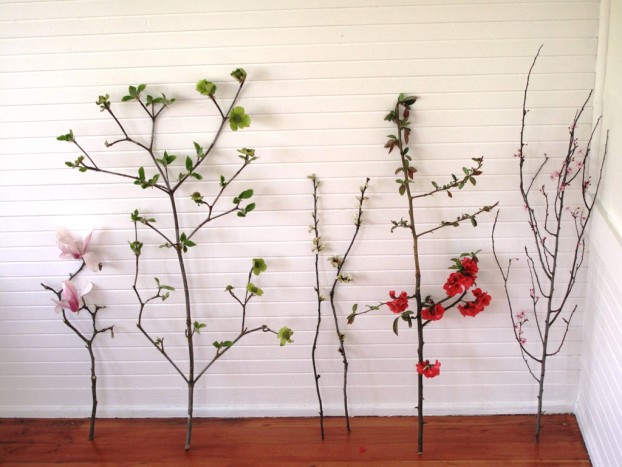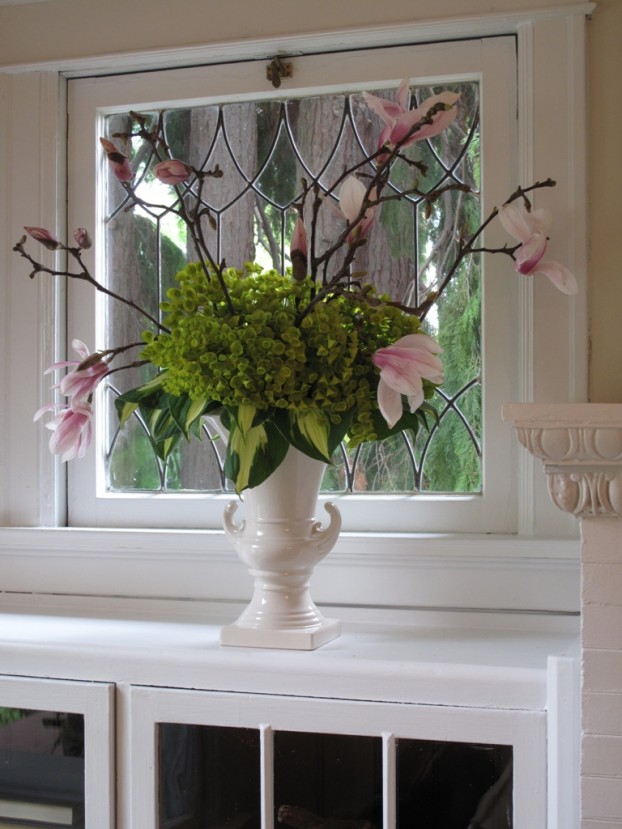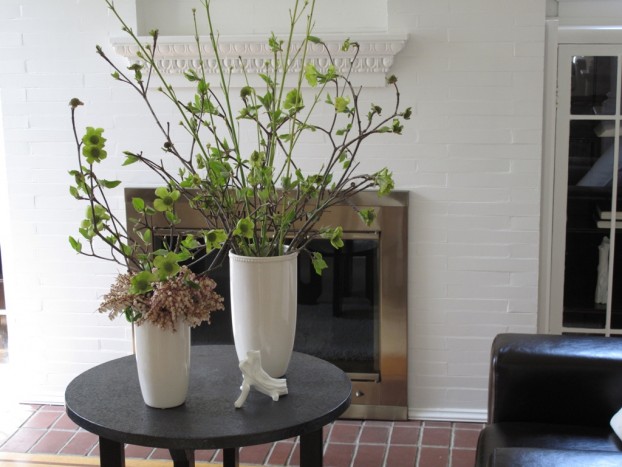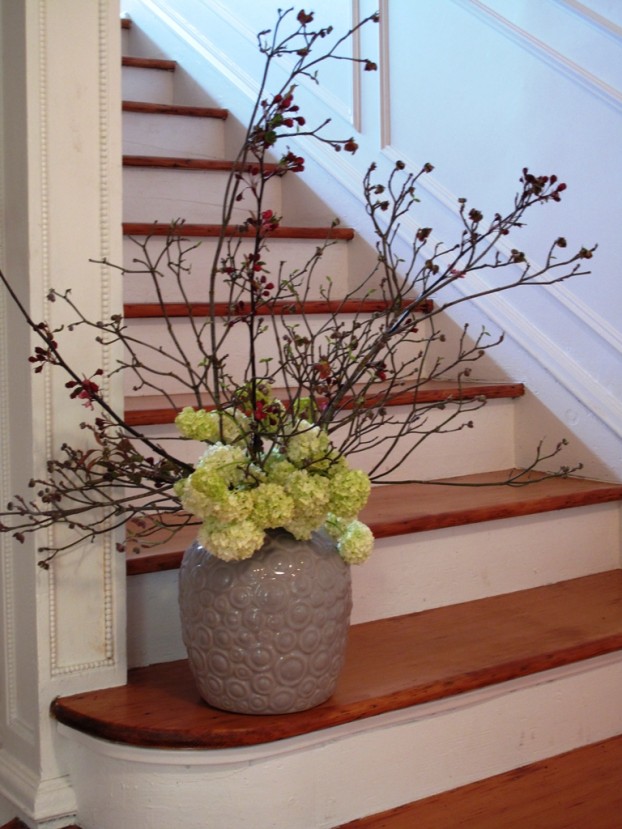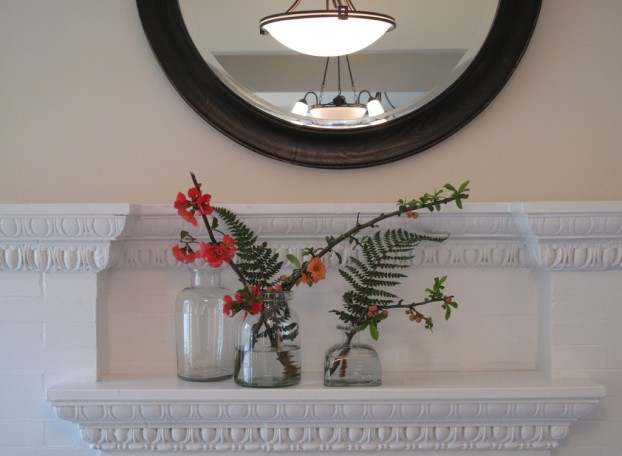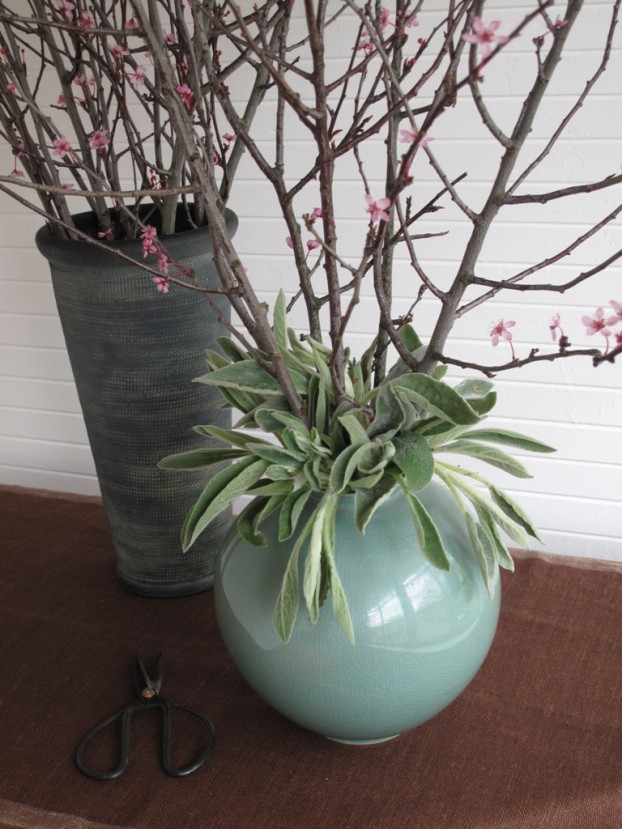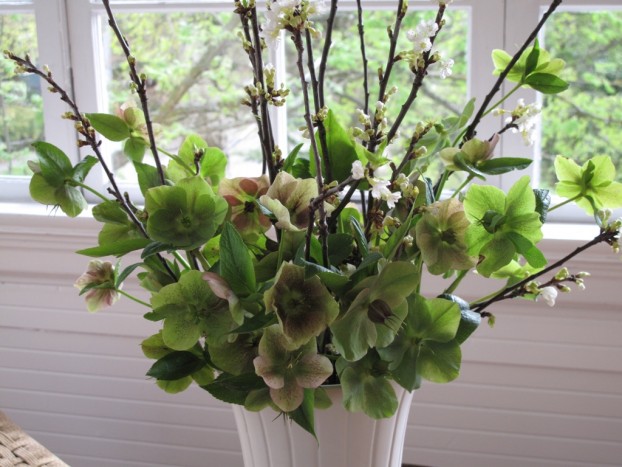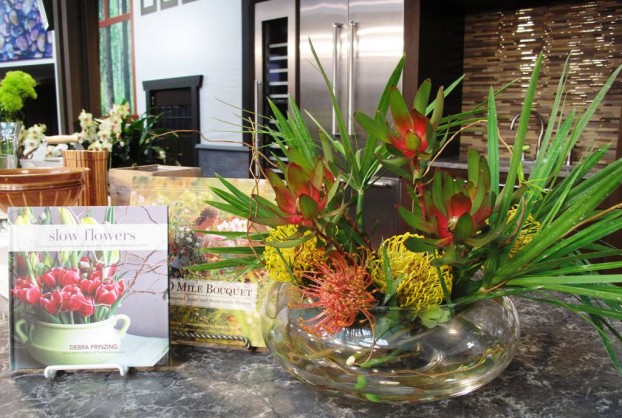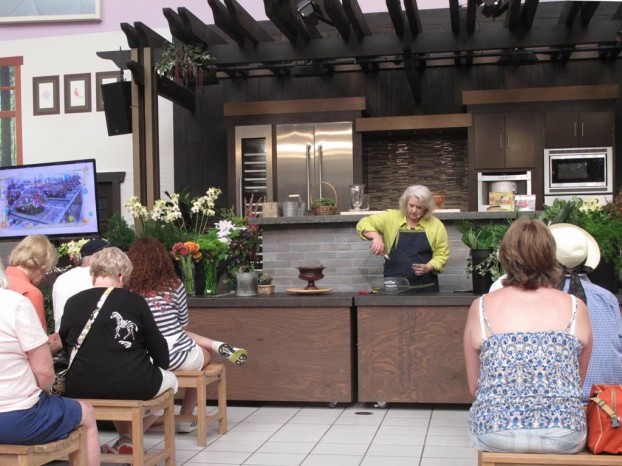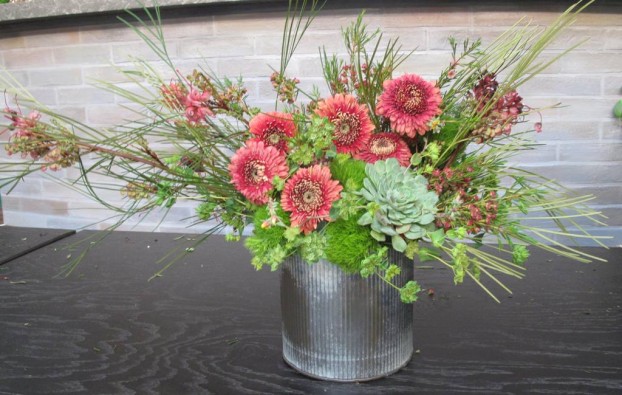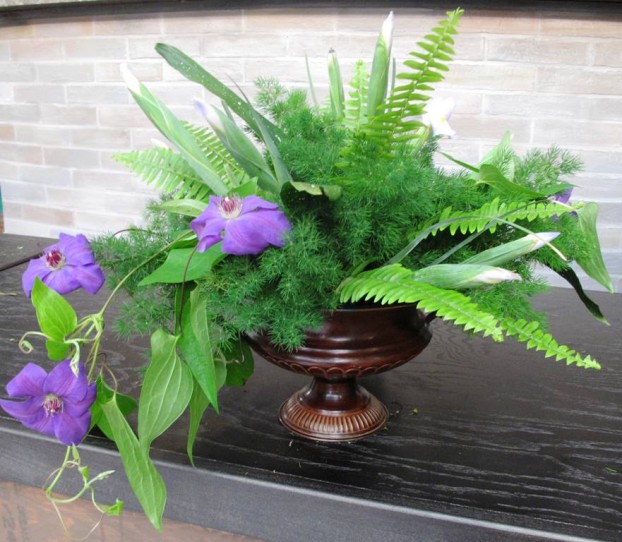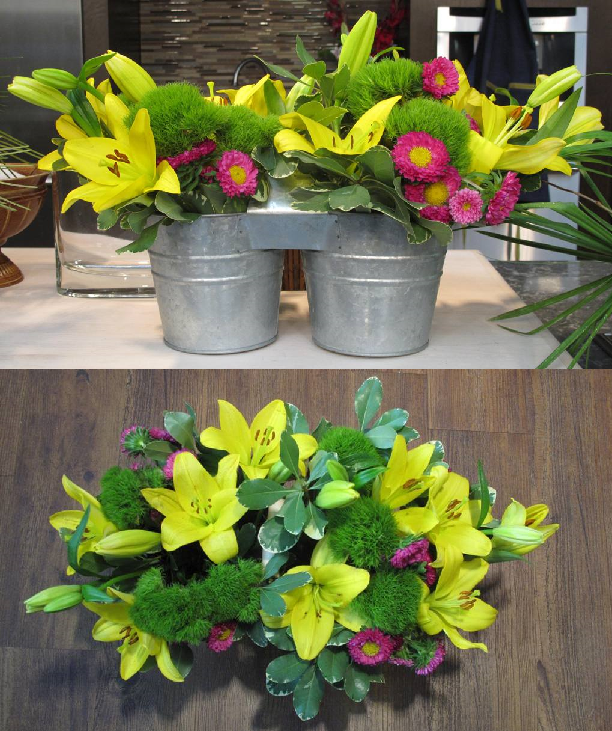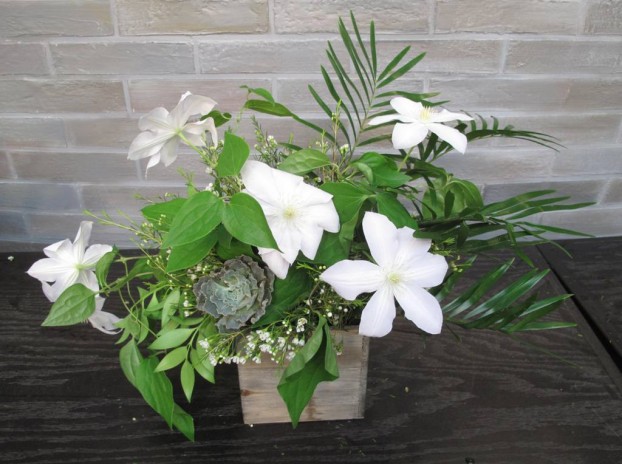What a week. Our last to enjoy the home and garden we’ve occupied for the past four years. Downsizing is wonderfully aspirational, but boy is it a lot of work. In fact, I’m rushing to post this because the Garden Lovers’ Garage Sale resumes in 1-1/2 hours!
But with only 72 hours left before closing on the sale of our nearly 3,500-square-foot home and moving into a not quite 1,200-square-foot apartment (still in Seattle), I had to take a Slow Flowers Challenge “moment” yesterday.
The cause for my joy? These amazing hydrangeas! I inherited numerous hydrangeas from this home and garden’s previous owners, more than a half-dozen. In one shaded corner beneath the fir and cedar trees, there is a trio clustered between the fence and the driveway. Occasional irrigation; otherwise much neglect.
Still, they are glorious come summertime. Look at these iridescent hues ranging from powder blue to French blue to rosy purple. These flowers do not disappoint – even when there are piles of garage sale junk strewn at their feet.
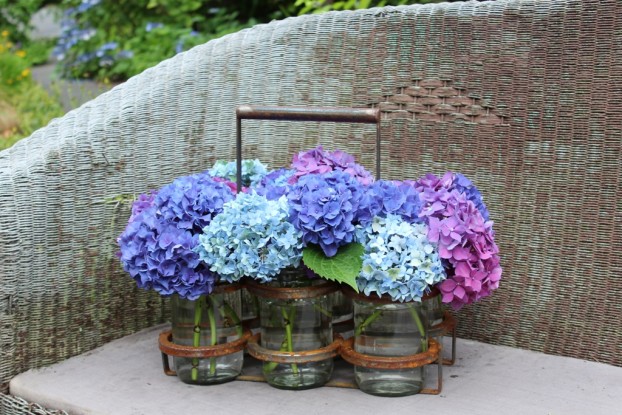
Ready to be carried to my new home in this amazing steel floral caddy, complete with six jars of hydrangeas.
PS, don’t you LOVE this metal carrier? It was designed and custom fabricated by Silver Lake Farms, the urban flower farm based in Los Angeles’s Silver Lake neighborhood, owned by flower maven Tara Kolla. You can read about Tara in a chapter of my book The 50 Mile Bouquet – and at her beautiful web site here.
Tara designed these carriers so she and her crew can harvest flowers, pop them into the jars of water, and bring them to their various sales outlets. One of the most popular is Hollywood Farmers’ Market, where you can find Silver Lake Farms every Sunday, February through July. You can also join Silver Lake’s FLOWER CSA for custom-picked beauties – straight from Tara’s urban growing fields. And, you might get lucky and be able to purchase a carrier. It’s a perfect tool for gardeners and flower farmers alike!










